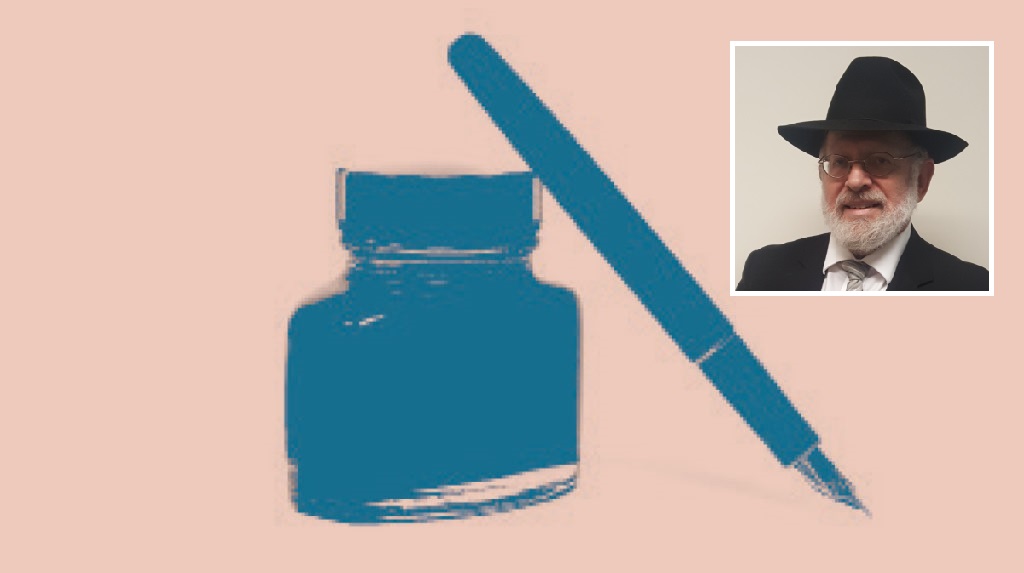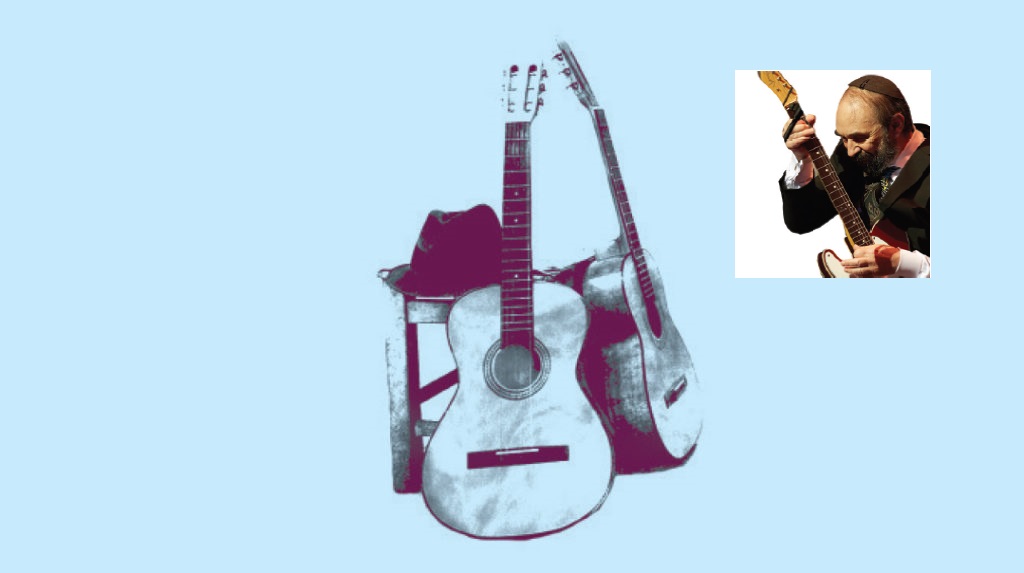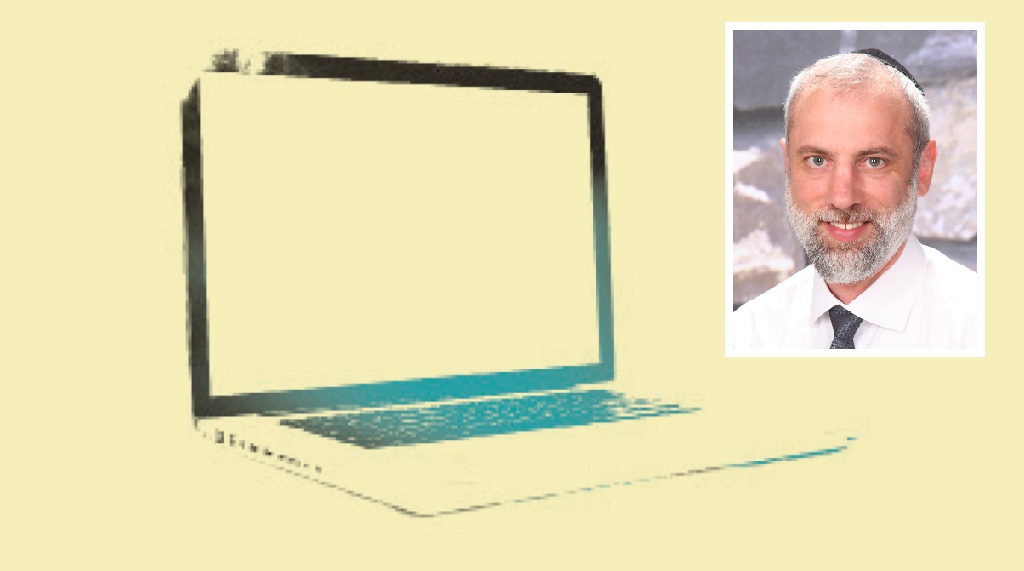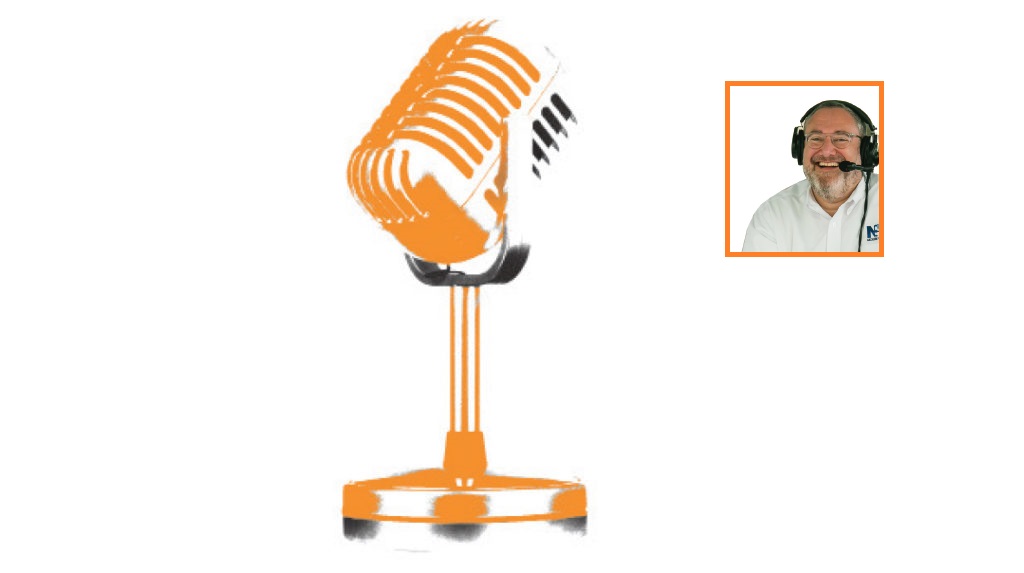Step 1: My Initial Leap of Faith
| September 29, 2020Make Me a Village
by Rabbi Edgar Gluck
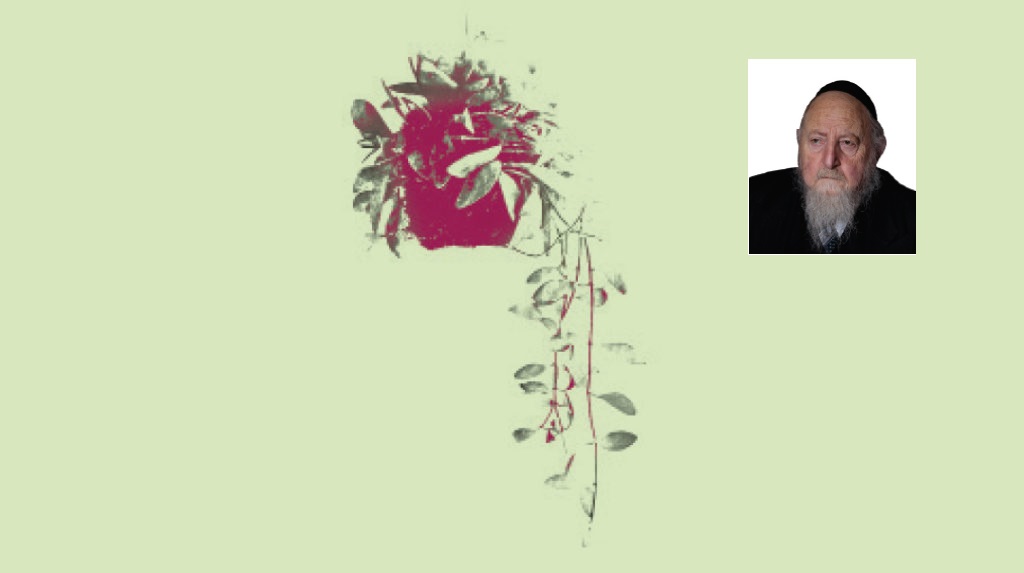
I

The shul was in turmoil. I went down to the office of the medical examiner to request that they not do an autopsy, when Dr. Milton Helpern, the chief medical examiner of New York City, came in. “What are you doing here? You’re trespassing and have no right to be on city property.”
I said, “Tomorrow you can arrest me for trespassing, but today let’s see what we can do.”
We argued back and forth about the autopsy and other options. At the end, the examiner relented and agreed to do just a partial examination, “to establish cause of death.”
They held the levayah, and the next day I went to the offices again. “What do you want now?” they asked.
I said, “I’m here for you to arrest me.”
From that day on, we worked together, approaching each autopsy case on its own.
Soon afterward, I was learning in Bais Medrash Elyon in Monsey when I heard that the nearby community of New Square, which was in the process of being built, was experiencing a lot of growing pains — the Town of Ramapo had sent a heavy truck for gas and electric services, which automatically ripped down the eiruv. I went in to the Skverer Rebbe, who was still in Williamsburg, and he told me that they’d just put in an application for plans to build a shul, which had been denied since the planned dimensions were too big. The Rebbe said, “I remember how in Europe you could see the church spires from miles away, and here, a shul is too big and too wide.”
When I heard that from the Rebbe, it hit me hard. I went to the town council, but I could see that there was nothing to be done there. I then went back to the Rebbe, and I told him, “the only thing you can do is make a village of your own.”
“So make me a village,” the Rebbe said.
I went up to Albany and was told that the last time a new village was incorporated into New York State was in 1936. I said, it’s about time there was a new one. They were dumbfounded.
We looked into the process, which was complicated. To get the vote we needed in the Town of Ramapo, we had to forge a path against a lot of opposition. “This is going to become its own village, and this village is going to vote for those people who helped us,” I told the local politicians. Luckily, because the Republicans and Democrats were neck and neck in Rockland County at that time, it worked. I also campaigned in a Reform temple, where the rabbi told me, “I don’t believe in ghettos,” and refused to sign our petition — but 1,300 other people did, and that was enough.
When a problem arose, and we had to appear in court in White Plains, the attorney for the Town of Ramapo stood up and said, “Your honor, these people take a bath on Friday afternoon only. Their shirts are black from dirt, and they don’t bathe the entire week.”
The Judge replied, “Mr. Moses, if I hear one more lie from you, I will hold you in contempt of court.”
The village was incorporated and the shul built. Some dreams come true.
Rabbi Edgar Gluck, in his 80s, is a decades-long top-tier communal activist, cofounder of Hatzolah, a longtime member of the US Commission for the Preservation of America’s Heritage Abroad, and chief rabbi of Galicia, currently dividing his time between Brooklyn and Poland.
(Originally featured in Mishpacha, Issue 830)
Oops! We could not locate your form.


